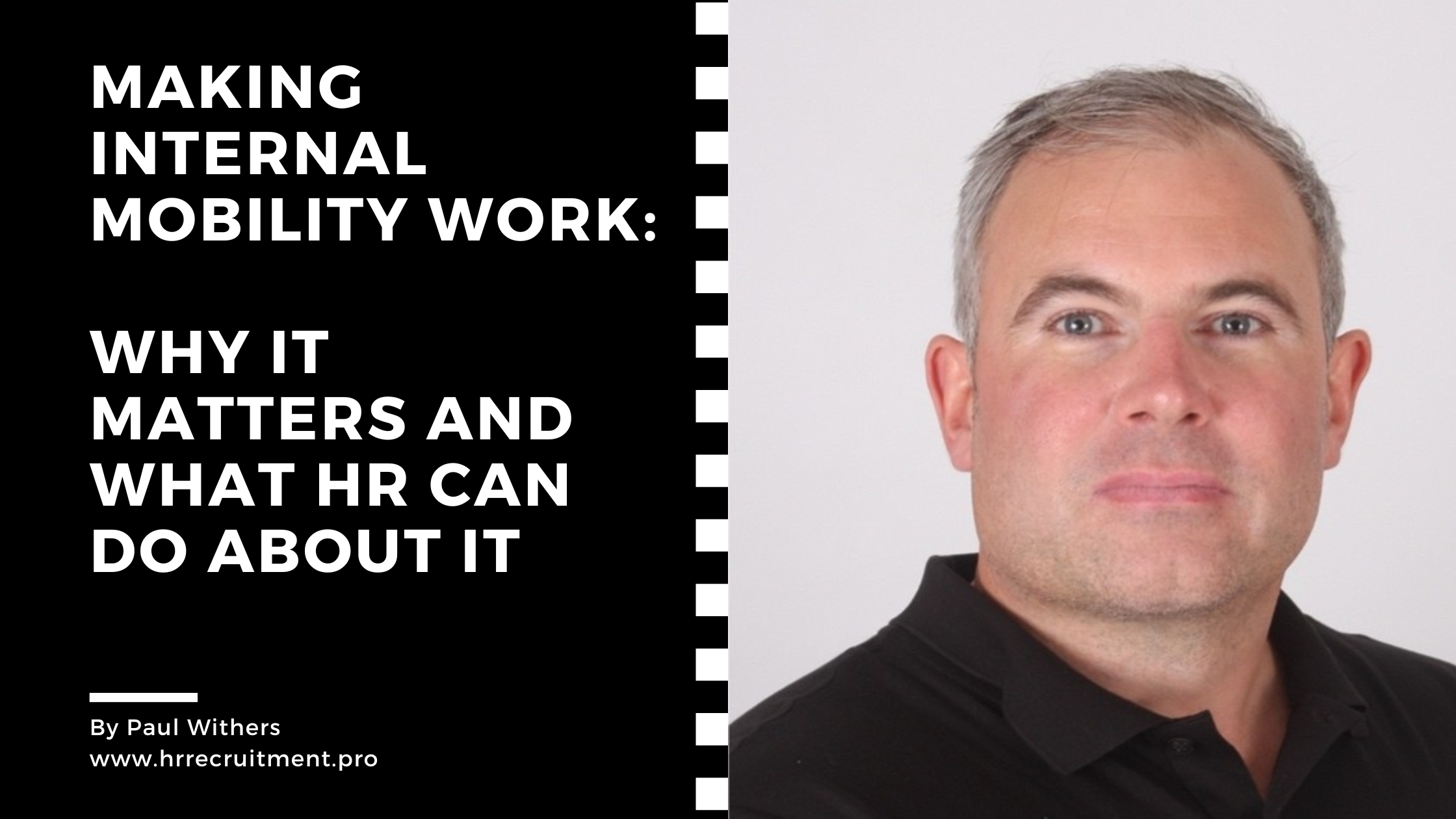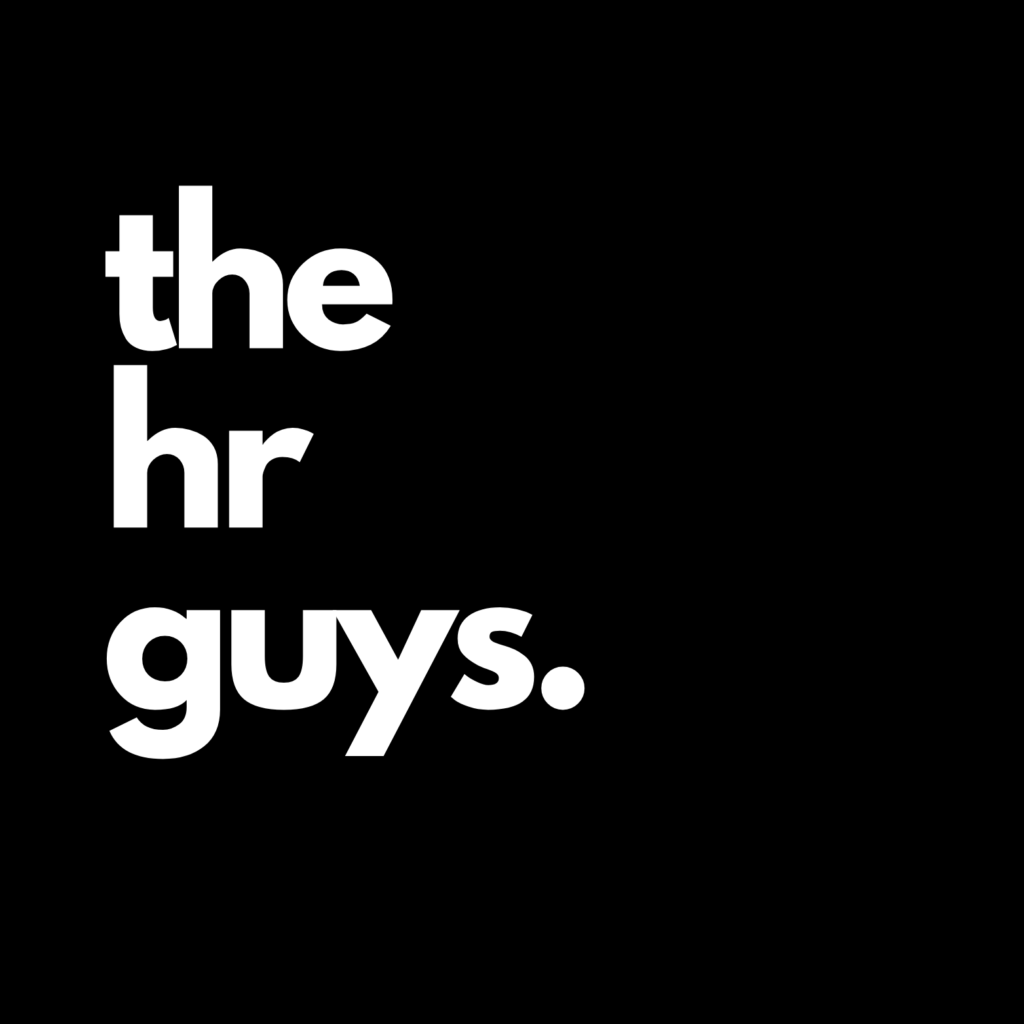Making Internal Mobility Work: Why It Matters and What HR Can Do About It
Too often, great people leave organisations not because they want to, but because they can’t see a future where they are. That’s where internal mobility comes in.
Done well, it gives employees the chance to grow their careers without changing companies. It supports retention, boosts engagement, and reduces the costs and delays of external hiring. But despite these benefits, many organisations still find it difficult to put internal mobility into practice.
That gap matters. Employees want opportunities to grow, and many would prefer to stay and develop in a company they know—if the path forward is clear. When it’s not, they look elsewhere.
So why is internal mobility still so hard to get right?
There are a few common challenges:
- Managers can be reluctant to let go of strong performers. They worry about losing key people and focus more on short-term team needs than long-term potential.
- Structures often get in the way. Siloed departments and unclear processes make it difficult for people to explore other roles.
- The culture might not support movement. If applying for an internal job feels like a risk, or there’s a sense that these roles go to the “chosen few,” employees won’t engage.
The good news is that internal mobility doesn’t need to be complicated. But it does require intentional effort from HR and leadership.
Here are four practical ways to start building a stronger internal mobility strategy:
Prioritise career conversations
Make development talks part of regular one-to-ones. Ask employees where they want to go, and help them map out the steps to get there.
Invest in learning that fits individual goals
Generic training doesn’t move the needle. Focus on tailored development plans that give people the skills and experiences they need to grow into new roles.
Normalise movement across teams
Create space for short-term projects, secondments, or cross-functional work. This helps people test out new paths and builds broader business knowledge.
Support flexibility
When people feel supported in managing their work and life, they’re more likely to stay—and explore ways to progress within the organisation.
Some businesses are already reaping the rewards of getting this right. They treat internal mobility as part of their leadership and talent planning, not just a side project for HR. And the results are clear: higher engagement, lower attrition, and stronger succession pipelines.
If your team is serious about talent retention, it might be time to look inward. How easy is it for someone in your business to take on a new challenge? And what could HR do today to open up more opportunities?
Thank You
Thank you for taking the time to read my latest insights! I hope you found the information valuable and insightful. If you’d like to learn more about my mission, who I work with, and the services I offer, please visit my About page. For any inquiries, or suggestions, or to get in touch with me directly, feel free to reach out through my Contact page. I’m always here to help and look forward to connecting with you.
Stay tuned for more tips and updates on HR and Recruitment. Until next time, Happy HRing!
Warm regards,
Paul
You can connect with me on LinkedIn or check out some of my recruitment projects at The HR Guys | Interim HR Network | European Recruitment | Cambridge Recruitment





